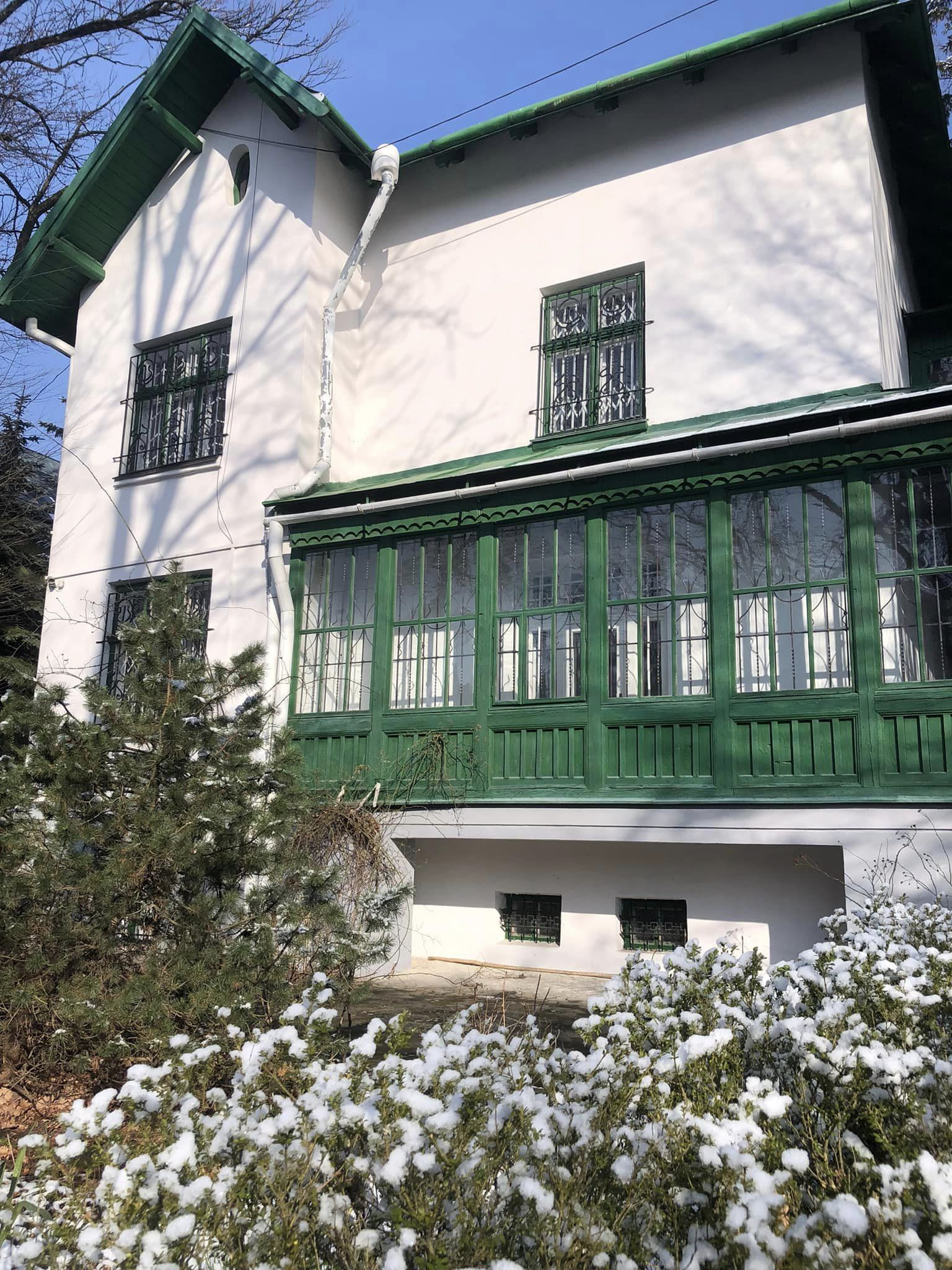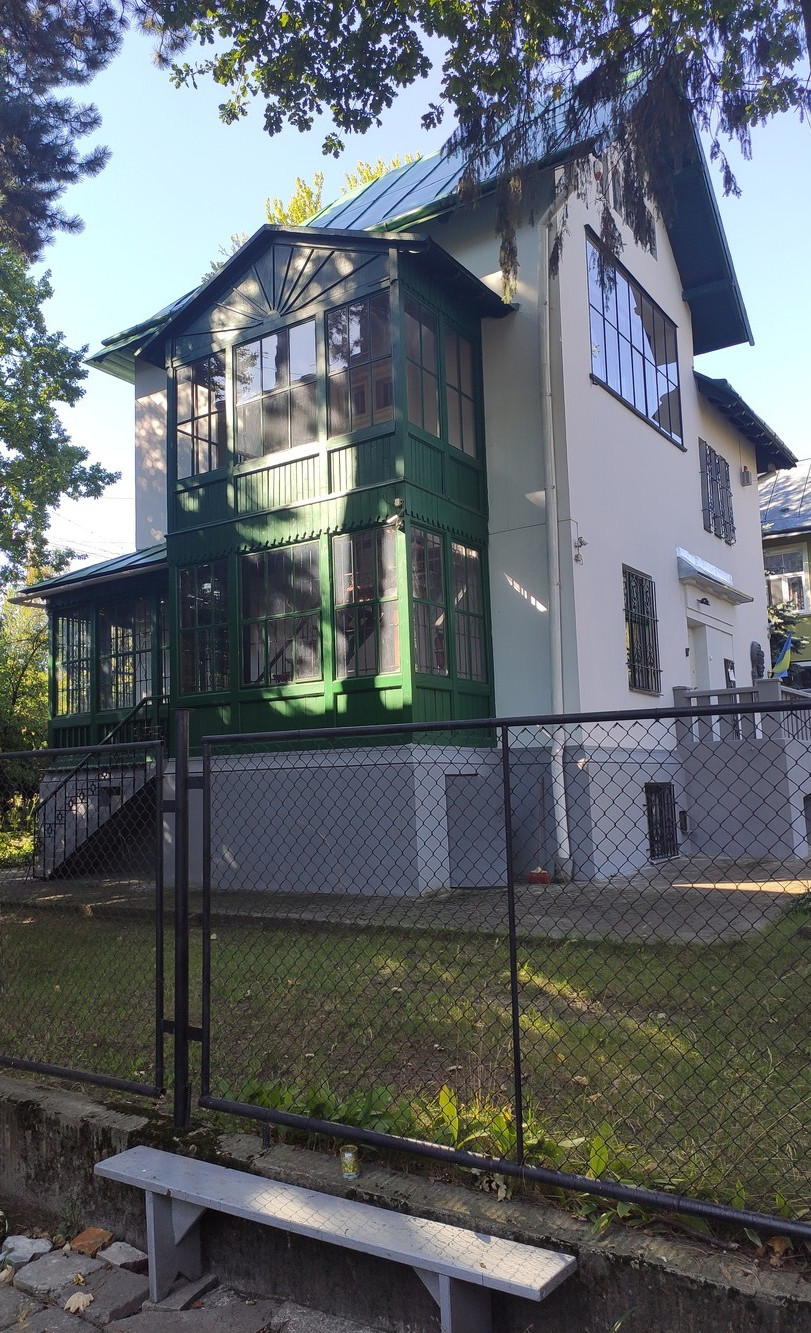Today we would like to tell you about a cosy, even "home" location, located not in the noisy, eventful and emotional centre of Lviv, but (if you take the old part of the city) - something on the outskirts.
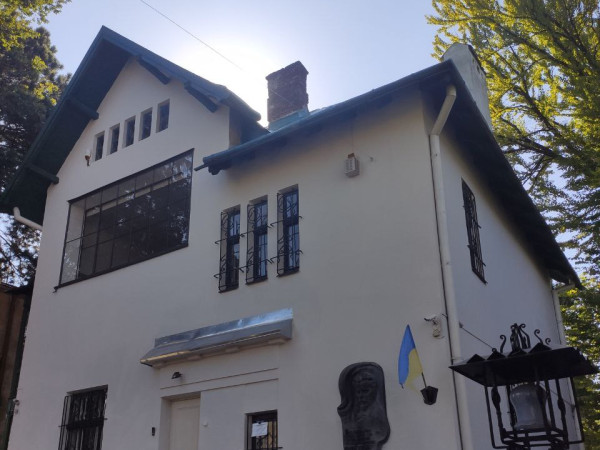
We are talking about the Museum of Memory of the genius Ukrainian artist, impressionist painter, and organizer of artistic life in Galicia Ivan Ivanovуch Trush.
The Ivan Trush Art Memorial Museum is in a wealthy and quiet area of Lviv with the historical name Kastelivka. Piskovi (Altaiski) Ozera Park and the National Forestry University Botanic Garden are nearby. The museum is one of the departments of the Andrey Sheptytsky National Museum in Lviv.
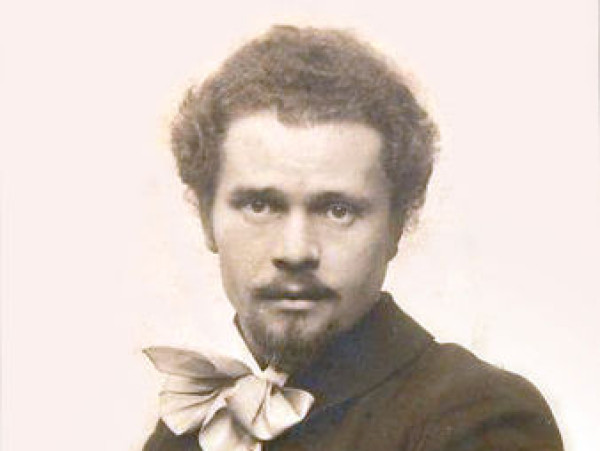
Ivan Trush comes from a rural family. He was born in 1869 in Vysotsko near Brody. He studied at the Brody Gymnasium and later at the Cracow School of Fine Arts in Vienna and Munich.
From 1898 in Lviv, where he became involved in Ukrainian artistic and social life, he became close to Ivan Franko and was a member of the Shevchenko Scientific Society, for which he performed various works of art (including portraits).
In 1900 Olena Pchilka invited Ivan Trush to Poltava region. Here on the Drahomanov family estate in Hadiach, he met his future wife - Ariadna Drahomanova, daughter of Mykhailo Drahomanov.
Trush travelled a lot. At the initiative of the Taras Shevchenko Scientific Society travelled through the Dnieper region (Naddnipryanshchyna), where he established contacts with artists and cultural figures. He also visited Crimea, Italy and other European countries several times. At a more mature age, he visited Egypt and Israel.
The artist had four children: Oksana, Ariadna, Myron and Roman. He died on March 22, 1941, in Lviv. He was buried in Lychakiv Cemetery
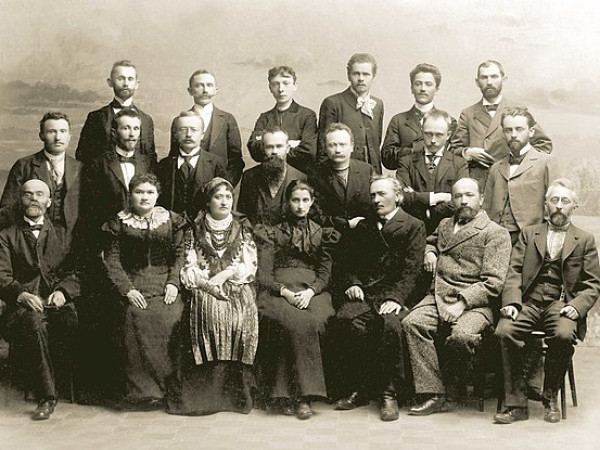
Ivan Trush is a prominent figure in the history of Ukrainian art. Being a native of the village but a born intellectual, he alone gained respect for fame and world recognition.
The artist's works - lyrical landscapes, images of lonely trees, portraits, folklife, but mostly - nature. Trush loved wildlife.
During his travels and walks, he made many small pieces and then, from memory in the studio, recreated what he saw on the canvas. Even his architectural landscapes have always contained more nature than human creations, and flowers have always been depicted alive, not for nothing that Ivan Trush is called "the poet of colour and the Sun."
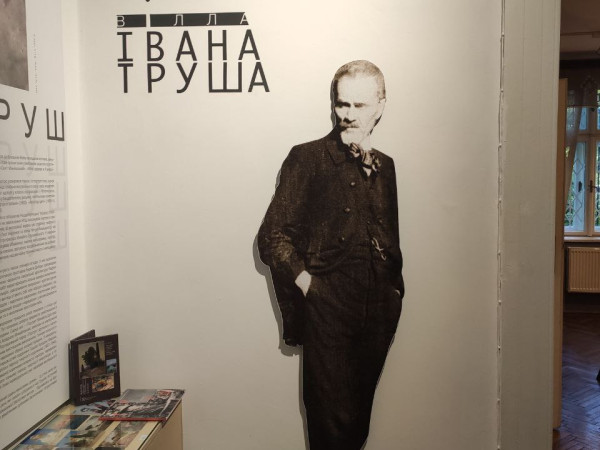
What interesting things can you see in the museum?
First of all, it should be noted that the building of the museum - the home of the Trush family was built by order of the artist-designed by the famous Ukrainian architect Oleksandr Lushpynskyi during the late secession.
He lived here with his family until his death. Ivan Trush wanted his children to grow closer to the bosom of nature, so the house was built away from the main streets, and a century ago, it was on the outskirts of the city. Here he created and lived until his death.
Later, the house housed a museum of his work voluntarily. And with the establishment of Ukraine's independence, it was transferred to state ownership.
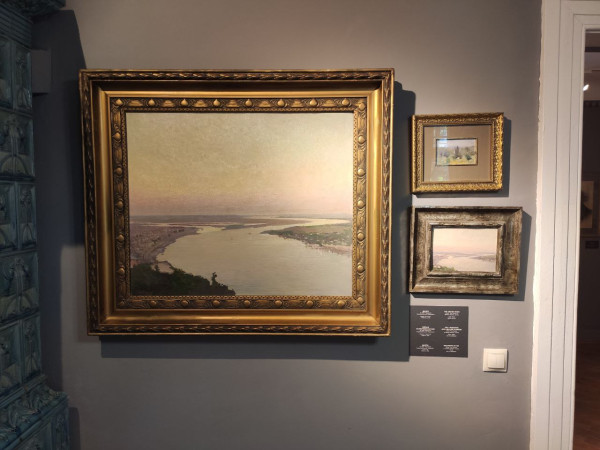
On the premises of the first floor, where there used to be living rooms, there is now a permanent exposition of Ivan Trush's works, sorted thematically. People who want to learn more about the life and work of the author can also use a graphics tablet.
On the second floor, in a large spacious studio where the artist worked, there are photos and personal belongings of Ivan Trush.
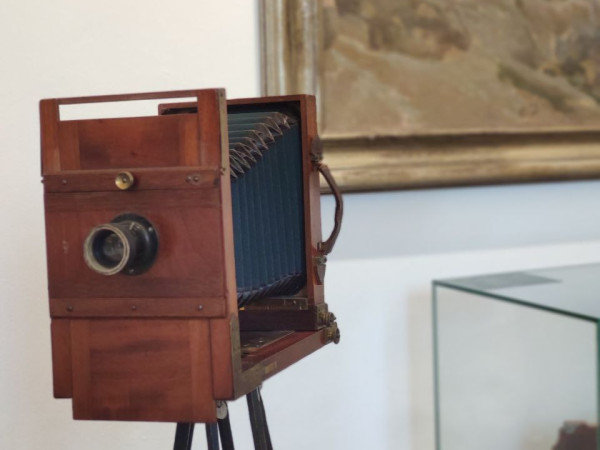
Who will be interested in the museum?
First of all - connoisseurs of art and architecture, but course not only them. No one will be indifferent to the life and creative path of the writer, and the museum building is a location full of comfort and cosiness.
If you decide to visit here, we recommend walking the streets of Kastelivka. Wealthy villas, quiet courtyards and intricate interweaving of architectural styles will appear before your eyes, and you will be able to relax in the shade of the trees of the Piskovi Ozera Park or the Botanical Garden.
How to get there: By tram №2 from the stop "Ruska Street", or "Doroshenka Street" to the stop "Konovaltsia Street (Trush Museum)".
On foot: up Doroshenka Street to the Lviv Organ Hall, then down Generala Chuprynky Street to the end, turn onto Akademika Stepana Rudnytskoho Street to Ivan Trush Street.
Time from the Rynok Square - 35 minutes.
